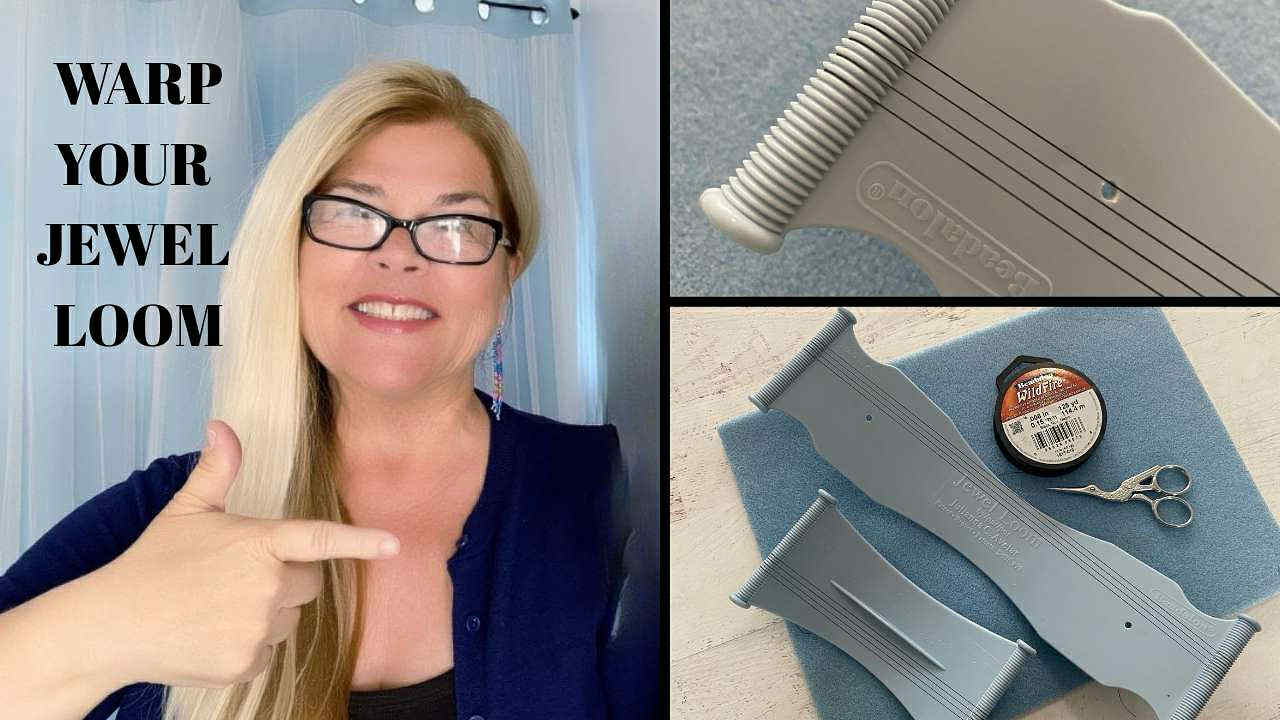Your Cart is Empty
I feel in love with this bead board as soon as I opened box! It helps me to see how beautiful the beads work together before putting a piece together. I love it!
I adore this beautiful loom! When I received it, I immediately warped it and created a Christmas Grinch bracelet. It turned out perfect. This will be my go to loom for bracelet making. Can't wait to try the mini Wisdom Warrior. Hmm, what shall I create with it? We will see. Pictures coming soon.
I love Tojo beads. Great price for the amount you get❤️ Jewelloom pricing is fantastic!
I also bought these to complement, November creative soul box. I think mixing matte/ pattern/ and glossy beads make a design more interesting. I just love 2 hole tile beads, they work well for bracelets/ earringsand necklaces that Jewels and Danielle have come up with.

